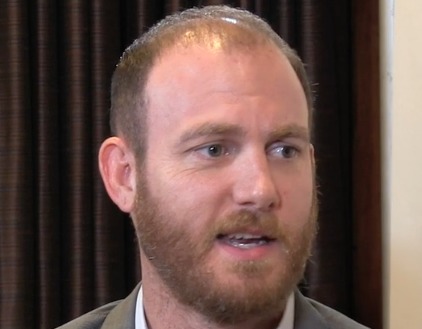(This is part two of a three-part series.)
BLOG VIEW: In the first part of this series, we described how the innovative tools now widely available in the mortgage industry can better enable mortgage loan officers (MLOs) to make contact with prospective borrowers. In this article, we’ll discuss how technology can help MLOs better manage the loan process itself, while also making it easier and more convenient for the borrower, creating an exceptional customer experience that today’s consumers expect and demand.
One area that causes no end of frustration for both the borrower and the MLO is finding the correct loan program and knowing the requirements necessary to get approved. Most borrowers don’t fully understand what loan programs they qualify for and all of their available options. For lenders, nothing is more frustrating – and costly – than spending a lot of time and resources on a loan file, only to find out late in the process that the borrower, who has been busy putting his or her paperwork together and is fully expecting the loan to close, doesn’t qualify.
One of the best ways to improve the borrower experience, then, is by enabling loan officers to quickly determine the pricing and eligibility requirements of each individual borrower at the start of the process, not at the end, when it’s too late. Not only does this speed up the process by ensuring that the correct loan program is selected at the beginning of the process, but the client also clearly understands what is required of him or her for the loan to close. It also lowers the lender’s overall cost to close each loan, while also increasing its closing percentage.
The good news is that there are many tools available that enable lenders to do this automatically by entering the relevant information into the system, such as the price of the house, the borrower’s income and credit rating, and other important data.
That being accomplished, another area where lenders can easily improve the customer experience is in collecting the borrower’s financial documentation. Perhaps the most frustrating aspect of the mortgage process for many borrowers is having to gather and update the numerous financial documents they need to produce, such as bank and brokerage statements, tax returns, pay stubs, and W-2s.
Making this part of the process relatively painless for the borrower has been a longtime challenge for lenders – until now, that is. Collection of financial data is one area that has seen huge improvement in the mortgage industry through technology. There are several technology providers that can help lenders gather the required documentation from borrowers, with only minimal input from the applicant. InSellerate, for example, helps build the workflow necessary to coordinate all of the efforts through a comprehensive customer relationship management platform. It’s one thing to have the technology, but it’s another to implement it correctly, and for that, you need a system that allows you to build repeatable outcomes.
Lenders can now simply send an email to borrowers that directs them to a portal where they can easily log in and grant the lender access to their financial documents, such as pay stubs, bank statements, tax documents and more. What once was a time-consuming and frustrating process of gathering, copying and updating documents can now be handled in less than five minutes, while also allowing for easy updates as needed.
Not only is technology helping to save time and costs by finding the right mortgage and pricing for the borrower at the point of sale and qualifying the borrower upfront, but it is also making the process more simple and less complex for the consumer, who wants convenience. It’s the kind of service that keeps a borrower coming back for another purchase mortgage or a refinance.
Next week, in the third installment of this series, we’ll discuss the combination of tools that can help loan officers convert today’s borrowers into lifetime customers.
Josh Friend is founder and CEO of InSellerate, a specialized customer relationship management system that enables lenders to connect with prospects while they are actively engaged in the decision-making process, manage their sales teams in real time, and build strong long-term customer relationships through automated nurture marketing campaigns.














